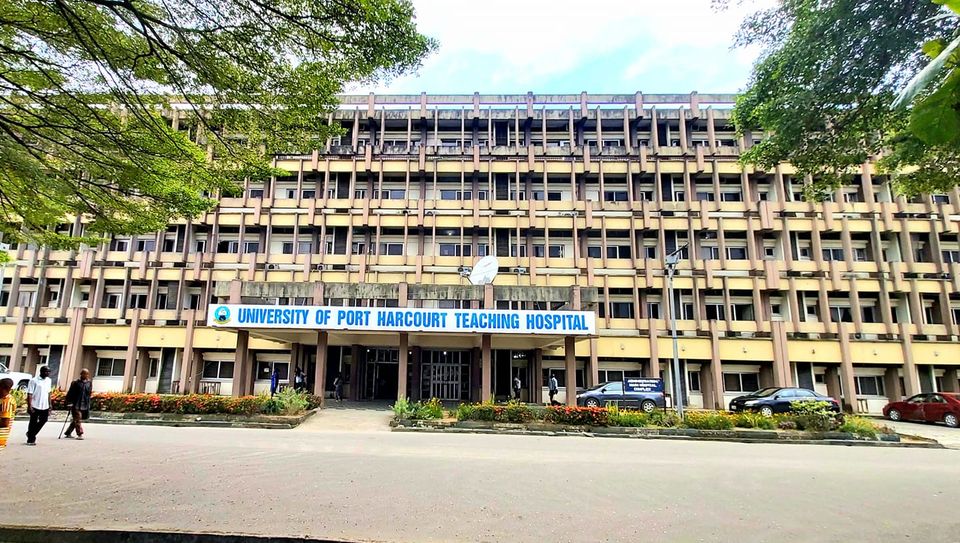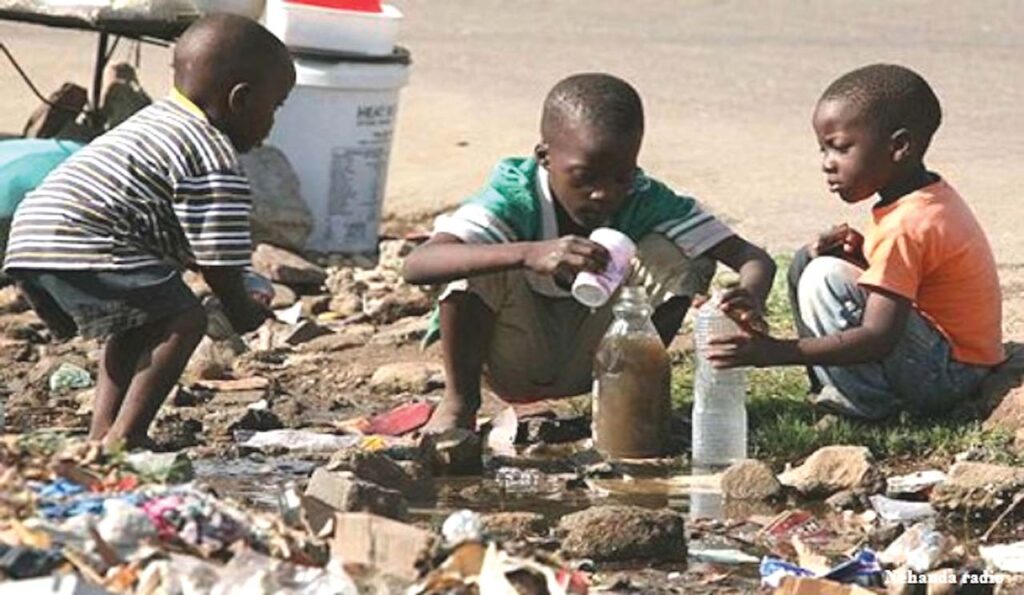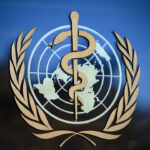
• Jab in short supply as 60m doses needed by 2026, 100m doses needed each year by 2030
• WHO urges increased implementation of recommended tools to combat malaria
• Gavi outlines plans to build sustainable supply of malaria vaccines
Following successful pilots, 2023 will see countries start to prepare for rollout of the world’s first malaria mass vaccinations; however, long-term supply and affordability remain a challenge.
A new paper published yesterday, on World Malaria Day, by Gavi, the Vaccine Alliance, outlines how the world can increase supply to meet demand within the next few years by growing the number of manufacturers and supporting scale-up through predictable demand.
CEO of Gavi, Dr. Seth Berkley, said: “It has taken the world more than 50 years to develop a malaria vaccine. Yet this year’s launch serves only as a reminder of what needs to happen now if we are to make malaria vaccines accessible to every child that needs them.”
The paper noted: “The world’s first effective malaria vaccine is finally available, but supply must grow significantly to meet demand. With an estimated 40-60 million doses currently to be needed by 2026 alone, growing to 80-100 million doses of vaccines needed each year by 2030, Gavi, the Vaccine Alliance, today published a white paper outlining actions that must be taken by governments, vaccine manufacturers and health agencies to meet this goal.
“With 475,000 deaths of children under the age of five in 2021 on the African continent alone, malaria remains one of Africa’s biggest killers, despite concerted efforts that have seen the global death toll drop by a third since 2000. The pre-qualification of the world’s first malaria vaccine – RTS,S/AS01e, developed and manufactured by GSK and which took more than three decades to develop – will save more lives, while a second vaccine, R21/Matrix-M, developed by Oxford University and manufactured by Serum Institute of India (SII), could also be prequalified and recommended by WHO very soon.”
According to Gavi, the major impediment that now stands in the way of a widespread roll out of malaria vaccines in endemic countries is supply. According to Gavi’s market shaping roadmap for malaria vaccines, a production target of 40-60 million doses by 2026 is needed to meet countries’ needs, increasing to 80-100 million doses by 2030. Such an outcome would require countries and partners to work together in key areas such as demand forecasting, boosting the number of suppliers and technology transfer, the report argues. The report also outlines Gavi’s commitment to additional co-financing to ensure countries can access doses, support for countries to make timely applications, and fostering further innovation in malaria vaccination and greater integration with existing interventions.
It added: “Gavi’s market shaping work over more than 22 years has helped bring down prices and increase supply of life-saving vaccines and made them available to children everywhere with a focus on reaching zero dose children. With concerted efforts, Gavi and its partners will do the same for malaria.”
Also, marking World Malaria Day, the World Health Organisation (WHO), yesterday, issued a call for increased implementation of new and existing interventions to save lives from malaria. Nearly 1.5 million children at high risk of illness and death from malaria in Ghana, Kenya and Malawi have now received their first dose of the first malaria vaccine, RTS,S/AS01 (RTS,S), thanks to an ongoing pilot programme coordinated by WHO.
The malaria vaccine pilots, launched in 2019, are increasing equity in access to malaria prevention for the most vulnerable and are saving lives. If implemented broadly, WHO estimates that malaria vaccines could save the lives of tens of thousands of children each year.
Director-General of WHO, Dr. Tedros Adhanom Ghebreyesus, said: “We have the tools to drive down malaria, a package of interventions that includes vector control, preventive medicines, testing, and treatment. These are joined by a safe and effective malaria vaccine, which could save the lives of tens of thousands children every year. With sustained investment and scaled-up efforts to reach those most at risk, malaria elimination in many countries is in reach.”
World Malaria Day 2023 is being marked under the theme “Time to deliver zero malaria: invest, innovate, implement”. Within this theme, WHO is urging more effective implementation of available tools and strategies to prevent, diagnose and treat malaria, particularly among marginalised populations.
According to the latest World malaria report, published in December 2022, there were an estimated 247 million new cases of malaria in 2021. The WHO African Region continues to shoulder the heaviest burden of the disease – accounting for an estimated 95 per cent of all malaria cases (234 million) and 96 per cent of all deaths (593 000) in 2021. Nearly 80 per cent of malaria deaths in the African Region were among children under the age of five.
Countries have made some progress in expanding access to malaria services for most-at-risk populations. Despite some progress, many people at high risk of malaria still lack access to services that can prevent, detect and treat the disease. Challenges in expanding access to malaria services have been compounded, particularly in sub-Saharan Africa, by the COVID-19 pandemic, converging humanitarian crises, restricted funding, weak surveillance systems, and declines in the effectiveness of core malaria-fighting tools.
To address these threats and support countries in building more resilient malaria programmes, WHO recently published new strategies and frameworks, including: a new strategy to contain antimalarial drug resistance in Africa; a new initiative to stop the spread of Anopheles stephensi in urban environments; a new framework, developed jointly by WHO and UN-Habitat, to guide city leaders in urban malaria control; and a new toolkit to help countries assess their malaria surveillance systems and identify areas for investment
WHO has also increased the transparency, flexibility and access to its malaria recommendations. The consolidated WHO Guidelines for malaria are now available through two digital platforms: MAGICapp and the “Malaria Toolkit” app. WHO encourages countries to tailor the recommendations to local disease settings for maximum impact.
Continued investment in the development and deployment of new malaria vaccines and next-generation tools will be key to achieving the 2030 global malaria targets.
A second malaria vaccine, the R21/Matrix-M (R21) vaccine, if approved, could help close the sizable gap between supply and demand and further reduce child illness and death from malaria. It is a priority for WHO to continue the thorough and efficient expert review of the R21 malaria vaccine once additional key safety and efficacy data from the ongoing R21 phase 3 trial are available and provided to WHO.
Phased introductions of the RTS,S malaria vaccine in additional countries in Africa is expected to begin in early 2024.
In the vector control space, there are 28 new products in the Research and Development (R&D) pipeline. Tools under evaluation include, for example, new types of insecticide-treated nets, targeted baits that attract mosquitoes, spatial repellents, lethal house lures (eaves tubes) and genetic engineering of mosquitoes.
Researchers are prioritizing the development of non-ACT treatments in the field of antimalarial medicines due to the emergence and spread of partial artemisinin resistance. The development of next-generation medicines, such as “triple ACTs,” which use a combination of artemisinin and two partner drugs, is underway to reduce the risk of drug resistance.












